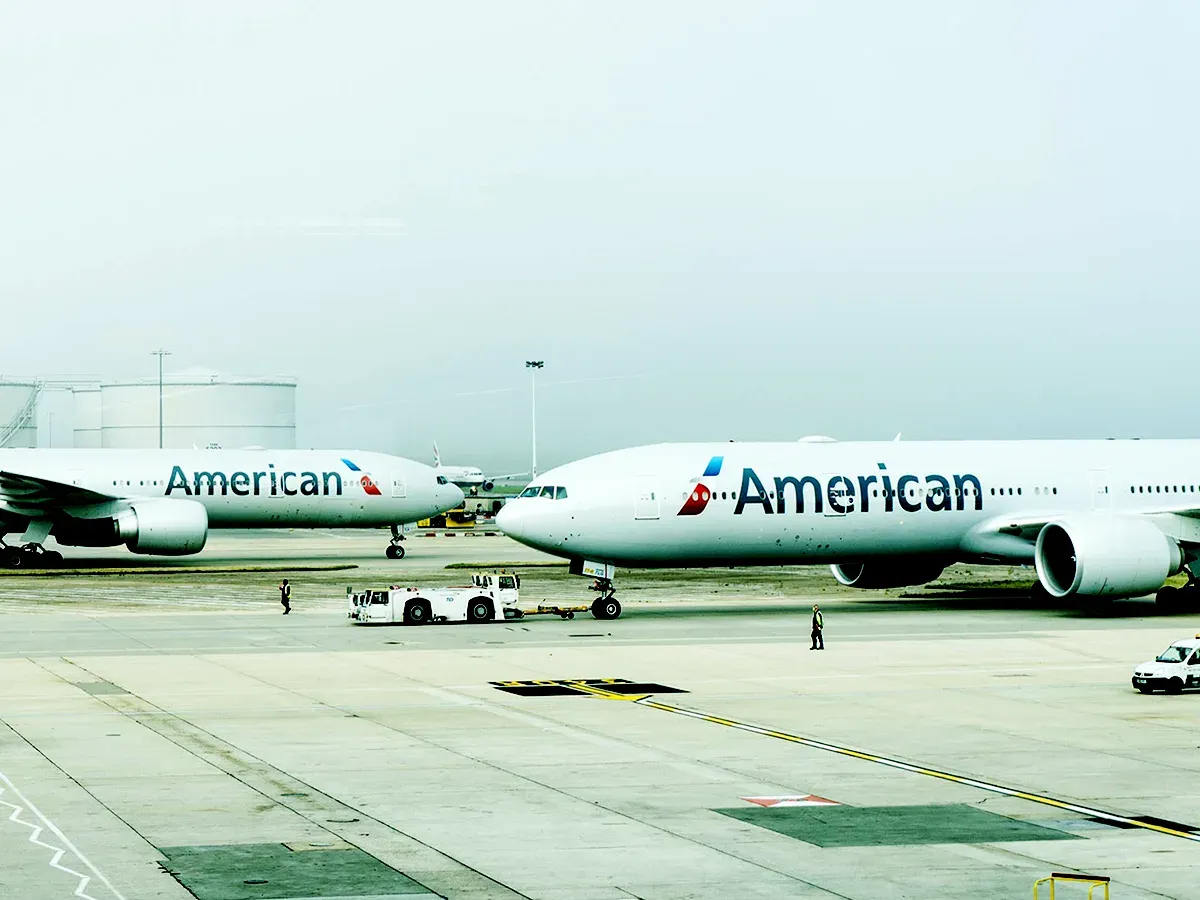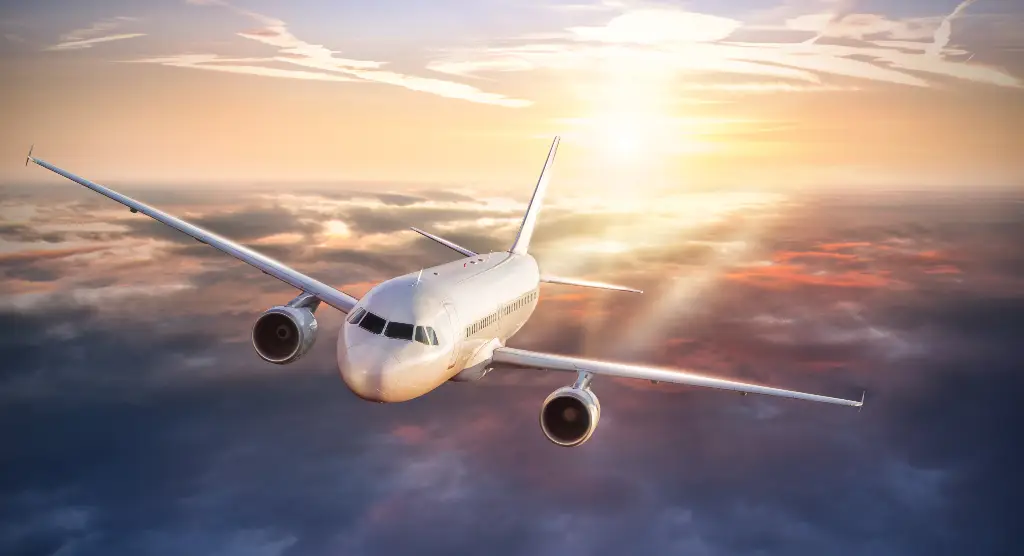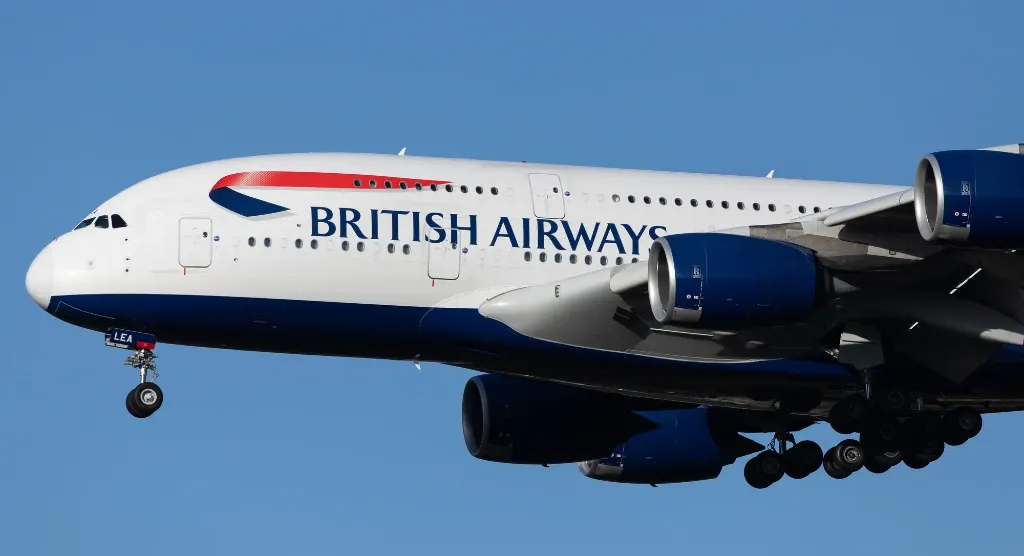
How to Use Airline Partnerships in Points and Miles
Going has partnered with CardRatings for our coverage of credit card products. Going and CardRatings may receive a commission from card issuers. Opinions, reviews, analyses, and recommendations are the author's alone, and have not been reviewed, endorsed, or approved by any of these entities. Some of all of the card offers that appear on this page are from advertisers; compensation may affect how and where the cards appear on the site; and Going does not include all card companies are all available card offers.
Table of Contents
Airline partnerships are when you book a flight on one airline using another airline’s miles.
Airline partnerships matter because they allow you to travel to more destinations with your points and miles, often at a lower cost.
Airline partnerships explained
Airline partnerships are a lot like a carpool.
When you carpool, you coordinate with your kid’s friend or neighbor to share the pickup and drop-off duties. Instead of taking the kids to school and then soccer practice, maybe you cover the morning school drop-off, and your neighbor covers pickup from practice.
Airlines do effectively the same thing. Two airlines partner with each other to share the same flight route. The technical word is codeshare flight, but that’s a bit in the weeds.
What this means to you as a passenger is that the flight will appear on both of their websites. You could book tickets on either site.
Example
This type of thing is best illustrated with an example.
Let’s use this Philadelphia to London flight. It’s a partner flight because I can find it on American Airlines’ website, but the flight number is BA 66. British Airways operates it, but if I wanted to—or if I had the American Airlines miles—I could book through American.

I can find the exact same flight through British Airways. It’s also BA66.

The only thing different is that the departure time is 18:40. The Brits love to use a 24-hour clock.
How to use partnerships to your advantage
Ok, that’s a cute party trick. You can find one airline’s flight on another airline’s website. How am I going to actually use this?
Following our same example, let’s say you wanted to take this flight to London. This comes in handy for two reasons:
- Partnerships are a workaround when you don’t have miles with a specific airline—or your points don’t transfer to a particular airline.
As of August 2024, no credit card points transfer to American Airlines. So unless you have an American Airlines credit card, it’s going to be hard to get the AA miles to book this flight.
But every type of credit card point transfers to British Airways. That means you can transfer the points you need to British Airways Avios and book through them.
Yes, booking this specific flight costs me 25K Avios (points and miles) through British Airways, compared to 22.5K American miles.
But I’ll pay the extra 2.5K points because it’s possible—it’s not possible with American.
- You want to pay lower taxes and fees.
Let’s take a closer look at the prices again.
- American: 22.5K miles + $237.30 in taxes and fees
- British: 25K miles + $81.30 taxes and fees
Even if I had the necessary American Airlines miles to book this flight, I wouldn’t do it.
Why? Because I’d rather pay fewer taxes and fees on my flight. A $156 difference is significant.
How to find partnerships
“Ok, now I understand how this works. But I don’t want to go to London. Can I use this to go somewhere else?”
Yup.
You can use this same principle to book with your points nearly anywhere on the globe.
The key to identifying relevant partner airlines is to understand airline alliances.
The British Airways–American Airlines partnership I discussed above is not a random pair. They are both part of the same airline alliance, in this case, the Oneworld alliance.
There are three major airline alliances you need to know about.
Oneworld alliance
- US airline members: American, Alaska
- Members who are common transfer partners: British Airways, Cathay Pacific, Iberia, Qantas, Qatar
SkyTeam alliance
- US airline member: Delta
- Members who are common transfer partners: Air France, KLM
*Virgin is not a member of the SkyTeam alliance, but it has a partnership with Delta.
Star Alliance
- US airline member: United
- Members who are common transfer partners: Air Canada, Avianca, Singapore
This is why our guide listing all the transfer partners is organized by airline alliance.
Partner booking example
Let’s say I wanted to fly from Los Angeles (LAX) to Singapore (SIN). I’ve been itching to go ever since I read Crazy Rich Asians a few years back.
This route is a direct flight operated by Singapore Airlines. According to our list above, Singapore Airlines is a member of the Star Alliance.
Let’s search Singapore, United, Air Canada, and Avianca to compare the costs in points.
Singapore KrisFlyer:
- Economy: 42k nonstop + $5.60 taxes and fees
- Business: 107k nonstop
United MileagePlus:
- Economy: 60.5k nonstop $5.60 taxes and fees
- Business: 250k with 1 stop
Air Canada Aeroplan:
- Economy: 60K nonstop +$78 taxes and fees
- Business: 87.5k nonstop
Avianca LifeMiles:
- Economy: 47k with 1 stop + $48 taxes and fees
- Business: n/a
Economy class winner: Singapore Airlines
- Other good options: United and Air Canada
If you want to fly economy class, booking through Singapore Airlines is the cheapest. Singapore Airlines is a transfer partner with Amex, Capital One, or Chase, so all I’d do is transfer the required points to Singapore Airlines to book.
But, there are two scenarios why I might want to book the economy class seat through United or Air Canada.
- If I wanted to use Bilt points: Bilt Reward points don’t transfer to Singapore Airlines. But Bilt does have Air Canada and United as transfer partners, so this could be a way to book the flight if I want to use Bilt points.
- If seats are scarce: Transfers from your credit card points to Singapore Airlines tend to take several business days. If there are only 1-2 seats left and I’m anxious they will get snapped up, then I’d opt for United or Air Canada because points transfers to those airlines are instant.
Business class winner: Air Canada
Here is where we see the value in redeeming from a partner. The cost of the same business class seat is cheaper when booking through Air Canada than when booking through Singapore Airlines.
Why is this?
Air Canada has a fixed, distance-based award chart for its partner awards, which is how Air Canada classifies a Singapore Airlines-operated flight.
The Air Canada award chart is based on regions of the world and the distance of the miles flown. A business class seat on a partner-operated flight between North America and the Pacific at this distance will currently cost 87.5k miles.
Partner redemption pointers
There are a few important things you need to know about partner awards:
- Not every single flight can be booked through its partner. You will not find every American Airlines flight available to book with British Airways Avios. Same goes for other airlines—not every United flight will appear on Air Canada Aeroplan.
- You cannot transfer airline miles between partner airlines.* Don’t convert your points to Flying Blue, then expect to transfer them to Delta SkyMiles.
- Airline alliances do not have a shared miles currency, nor are there airline alliance credit cards. You’re not going to find a credit card that earns Star Alliance, Oneworld, or SkyTeam miles because there is not one common mileage currency among the member airlines. alliance.
*Avios are the exception: Several airlines including British, Qatar, Iberia, Aer Lingus, and Finnair all use Avios as their miles currency. You can transfer Avios between programs, but how to do so and when you might want to is a different topic for a different time.
Earning miles on partners
While alliance airlines do not offer a joint rewards currency, you can credit the miles you earn from your flight to a partner airline.
For example, let’s say I’m booking a flight on Air France. After I’ve selected my tickets and entered my personal information, you’ll see an option to add a frequent flyer program, also called an airline loyalty number. Most often, it will default to the booking airline—in this case, the default is to earn Flying Blue miles.

But I also have the option to select another partner airline. Since Air France is a partner with Delta Air Lines (they both are part of the SkyTeam alliance), I can opt to earn Delta SkyMiles. I’d just need to enter my SkyMiles number here and then continue with the booking.

There are two reasons you’d do this:
- You’re chasing status with an airline. I think pursuing airline status is overrated (it’s harder to get and can be mimicked with the right credit cards), but if this is important to you, this method helps.
- You fly a partner airline more often than your booking airline. Maybe you’re booking on Air France because you got a Going deal that you couldn’t pass up. But after this trip, you’re planning more domestic travel and do not have plans to fly Air France again in the near future. In that case, it might be better to credit the miles toward a partner airline, such as Delta.
Just be aware that some ticket fare classes do not allow you to earn miles with a partner airline. For example, a Going member once had trouble claiming Alaska miles for a Singapore Airlines flight (the two airlines are partners, though they are not in the same alliance). The fare class that the member bought— K class, an Economy Lite ticket— was not eligible to earn Alaska Mileage Plan miles.
Reciprocal status benefits
If you’ve earned a level of elite status with one airline, many of those perks are recognized when you fly other airlines in that alliance.
If you have status with…
| US airline | Benefits apply to |
|---|---|
| United Mileage Plus | Star Alliance members |
| Delta SkyMiles | SkyTeam Alliance members Check your status |
American Airlines AAdvantage or Alaska Airlines MileagePlan | Oneworld Alliance members |
Bottom line
Booking with a partner can unlock better redemptions—especially for premium cabins—but not all partner awards are created equal, so make sure to compare first before booking.
Going has partnered with CardRatings for our coverage of credit card products. Going and CardRatings may receive a commission from card issuers. Opinions, reviews, analyses, and recommendations are the author's alone, and have not been reviewed, endorsed, or approved by any of these entities. Some of all of the card offers that appear on this page are from advertisers; compensation may affect how and where the cards appear on the site; and Going does not include all card companies are all available card offers.
Last updated November 6, 2024
Articles you might like
View All
How to Transfer Credit Card Points to Partners: A Step-by-Step Guide
Oct 31, 2024
8 min read

British Airways Avios Guide: How to Book with Avios
Nov 12, 2024
5 min read

How to get to Europe on points and miles
Jul 9, 2025
6 min read






